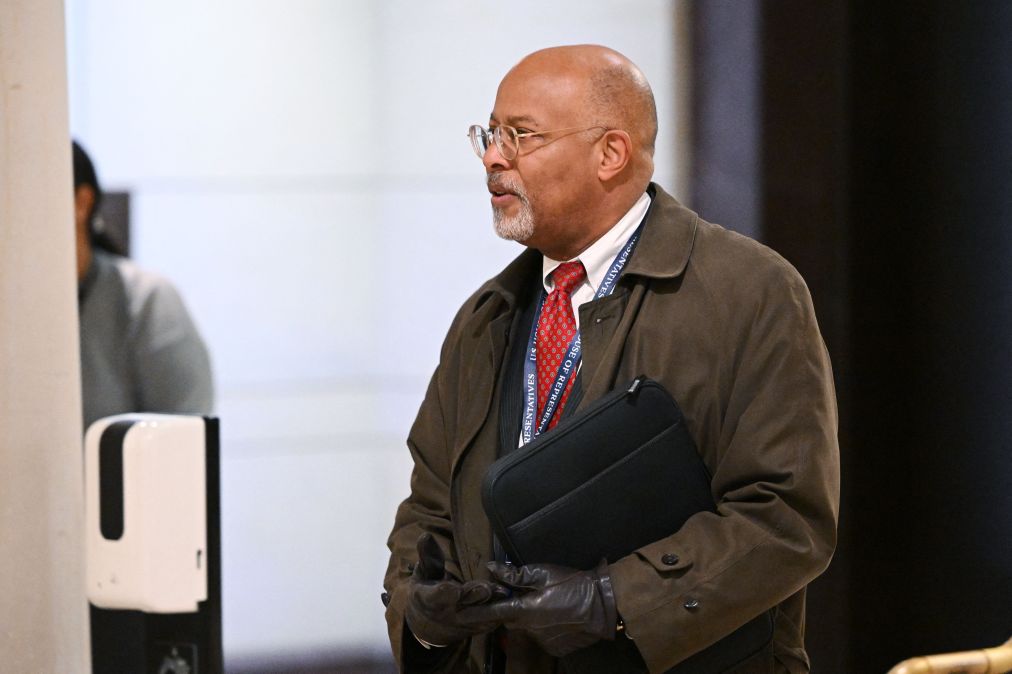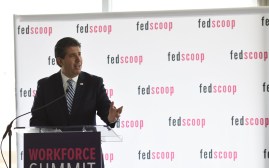Rep. Glenn Ivey: Government must ‘create the space’ for younger tech talent

Federal agencies need to do a better job of incentivizing and bringing young, tech-savvy talent into the federal government as older workers like baby boomers are on the way out, a key congressman in the Washington Beltway said Thursday.
Approximately one-third of federal employees will be reaching retirement age within the next two years, according to the Partnership for Public Service, while just 1.6% of the federal workforce is composed of Gen Z employees, those born between 1997 and 2012.
“I mean, we don’t want to try to push them out the door unnecessarily, there’s a lot of experience and talent in older generations that we want to make sure is passed on like institutional knowledge and memory is important,” Congressman Glenn Ivey, D-Md., told FedScoop on the sidelines of a Washington tech industry event Thursday.
“But as they say, old wineskin needs to make room for new wine — we got to make sure we’re creating the space for younger people to come in and utilizing new skills, new talents, broader horizons, and working through these new technologies that, frankly, my generation doesn’t understand as well as,” said Ivey, whose district in Maryland, bordering Washington, D.C., is home to multiple federal agency buildings and thousands of federal workers.
The government has long struggled to hire and retain talented young workers. According to an Office of Personnel Management report from last year, less than 10 percent of the federal workforce is under the age of 30, compared to 23 percent of the workforce in the private sector in that same age group.
The report also found that federal workers in their 20s are five times more likely to quit than those in their 50s.
Congressman Ivey said creating new organizational structures that allow federal staff to try and integrate with new technologies is one potential solution for bringing in young, fresh talent.
“I think part of it is creating different departments within agencies. Because it doesn’t all have to be the same infrastructure that it was 10, 20, 30 years ago. You can have organizational charts that are slightly different than they are now,” Ivey told FedScoop.
“You can give them more latitude, more leeway to try and integrate with new technologies. And you can put leadership in place that really understands the needs. And it’s not that you’re pushing people out the door necessarily who really still have something to offer. But you’re creating a space between the talent team to come in and thrive,” he added.
The federal government is uniquely positioned to attract technology talent looking for new opportunities amid the current labor market turmoil, according to the U.S. Digital Service. USDS Chief Delivery Officer Ankit Mathur highlighted last year how the values of public service can align with some of the new top priorities for IT specialists looking for new roles.






